Abstraction plays an interesting part in my toy photography, and in yours too. Let me begin by clarifying what we are usually talking about when we talk about abstraction: stripping away details, highlighting certain features while disregarding others, ignoring the individual. It’s what philosophers do, but we use this operation daily; we often find ourselves talking about things “as such”.
If I look at it that way, I suspect that the challenge of abstraction lies in ignoring the right things. In other words: A picture works best if you get your abstraction right. Or, more practically speaking, if you get all the detail you need to say what you intend to say – not more, not less. “Anything should be made as simple as possible, but not any simpler than that”, as Albert Einstein allegedly said.
Different toys, different degrees of abstraction
Since we are talking toy photography, let’s look at some pictures. These five pictures show various degrees of abstraction, from realistic representation to almost symbolic stand-in. I got the idea for this scale from Scott McCloud‘s brilliant Understanding Comics, and I always wanted to see if this also works with toy figures.
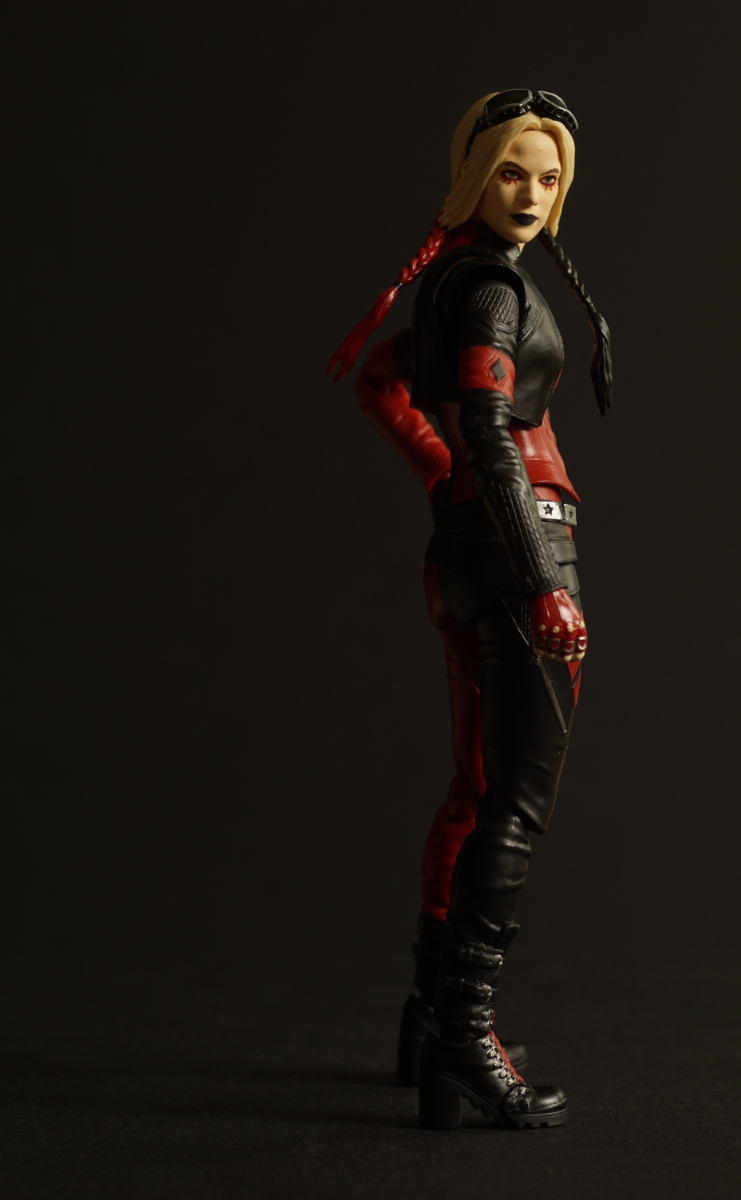
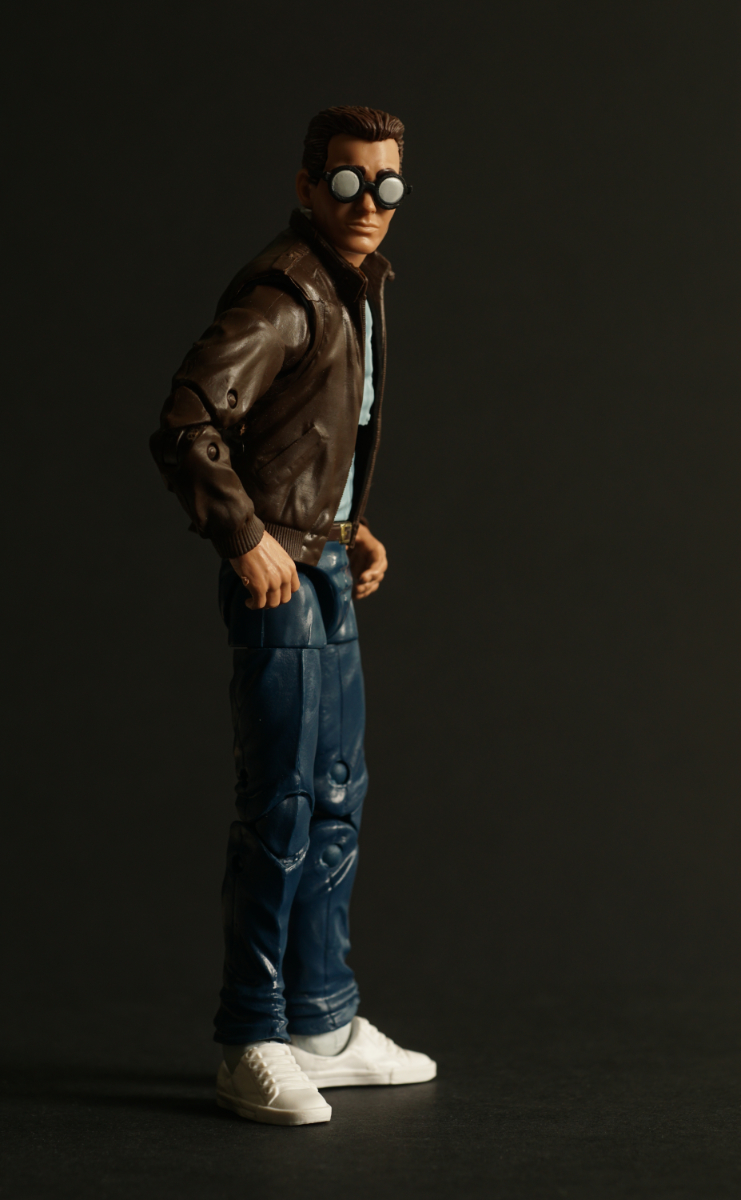
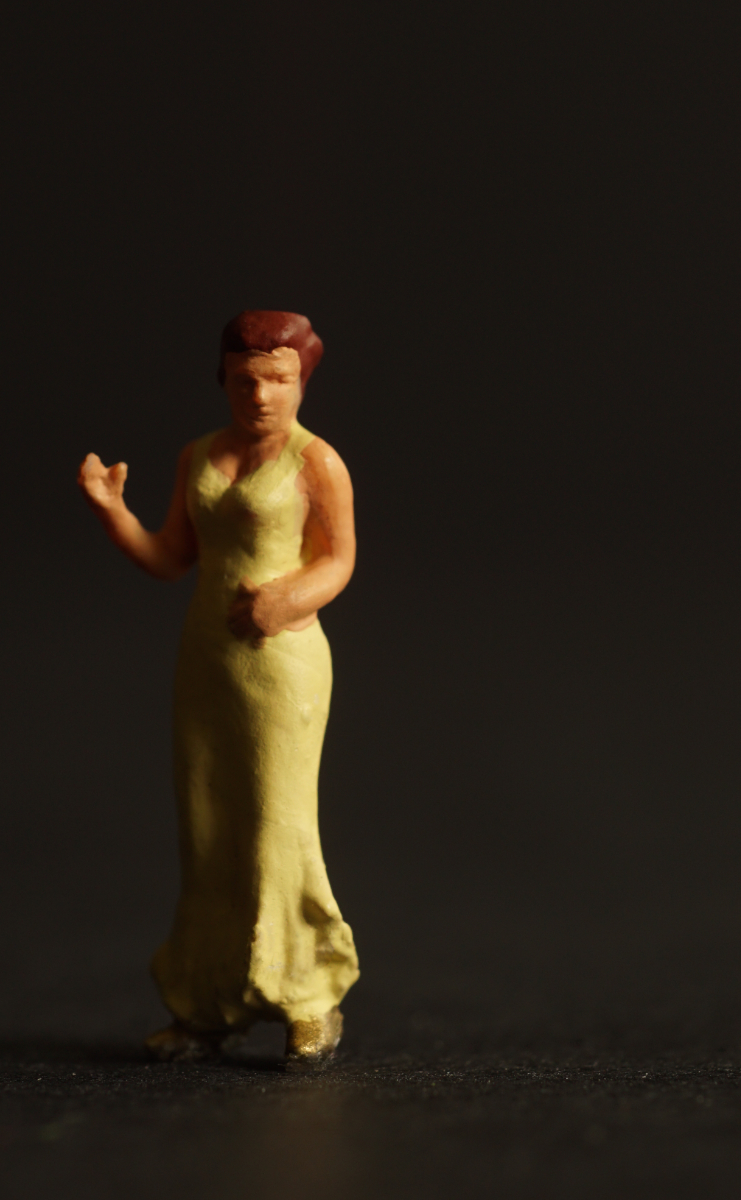
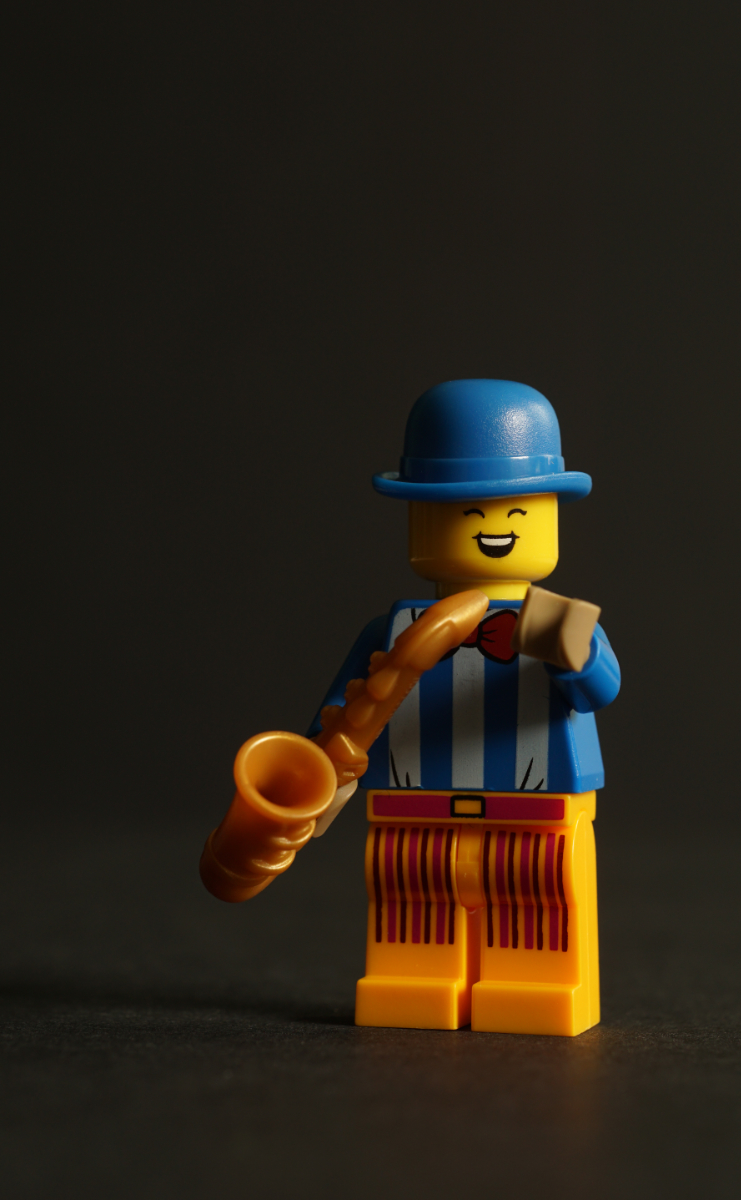
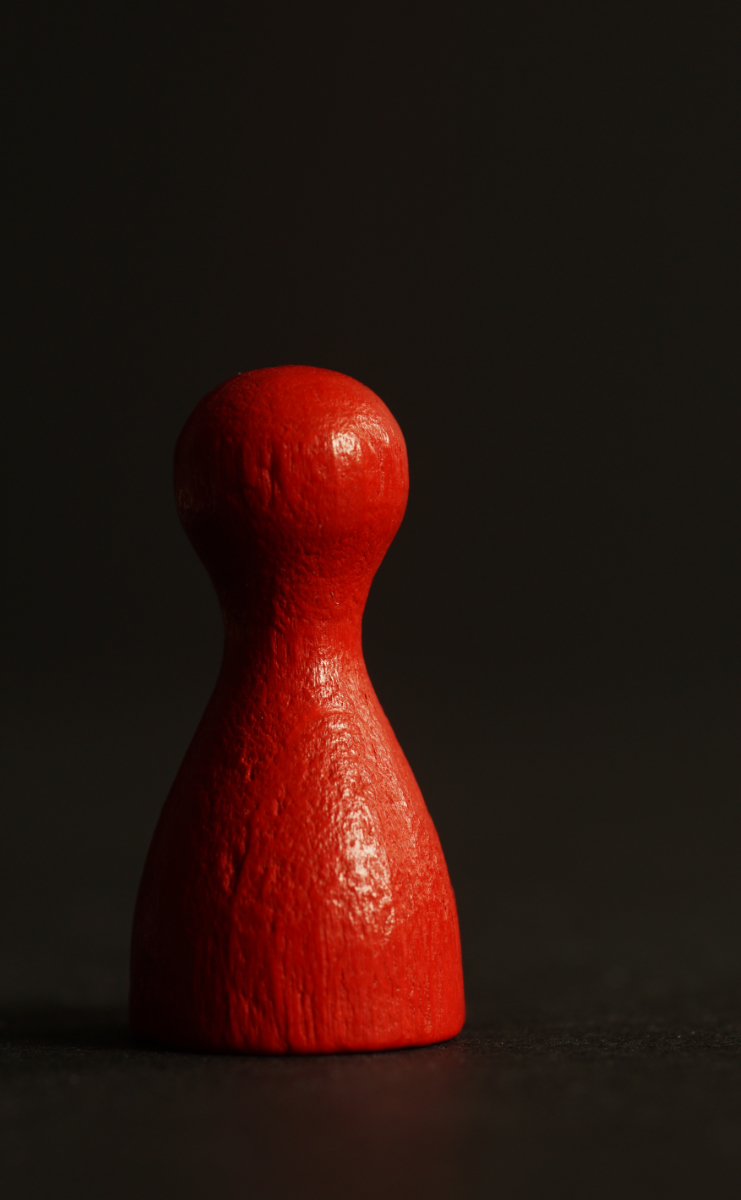
Margot Robbie as Harley Quinn will mostly be seen as Margot Robbie as Harley Quinn; it is really hard to use this figure in a context where she acts as, say, the client of a private detective. On the other end of the scale, we have board game figures that are so very unspecific that they can – and will – stand for you, me, anybody. They are symbols in that they do not much resemble any human.
It is no secret that I love working with H0 figures. They would be in the middle of my little lineup here: Average people that could be anybody, but very recognizably human beings who are often engaged in specific activities. I usually choose them over other figures because they allow me to tell stories about everyday experiences – or they can be who I want them to be (a private eye’s client, for example).
As for action figures, I can see the appeal of Storm Troopers: They can be used like any other action figure, provided they have enough joints. Yet they are abstract in a way many action figures are not. There are in fact plenty of pictures featuring Storm Troopers who could be anybody.
As for Lego, they are beautifully abstract, and they invite endless play. And while the sax player seems to be a specific character, his face is sufficiently abstract to invite beholders to identify with him.
Photographic means of abstraction
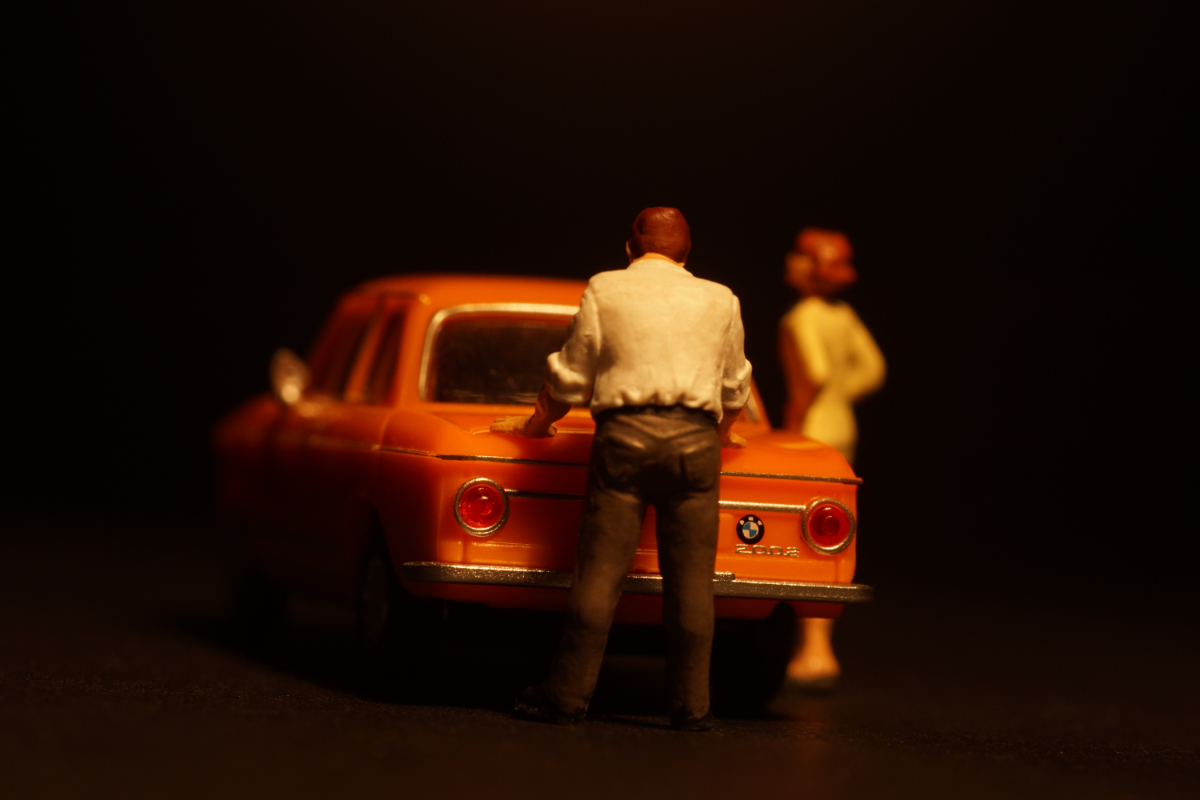
Minimalism
As we saw above, abstraction usually means getting rid of everything that does not interest you at the moment. Radically applied, this principle can help you express ideas or feelings (rather than represent specific situations).
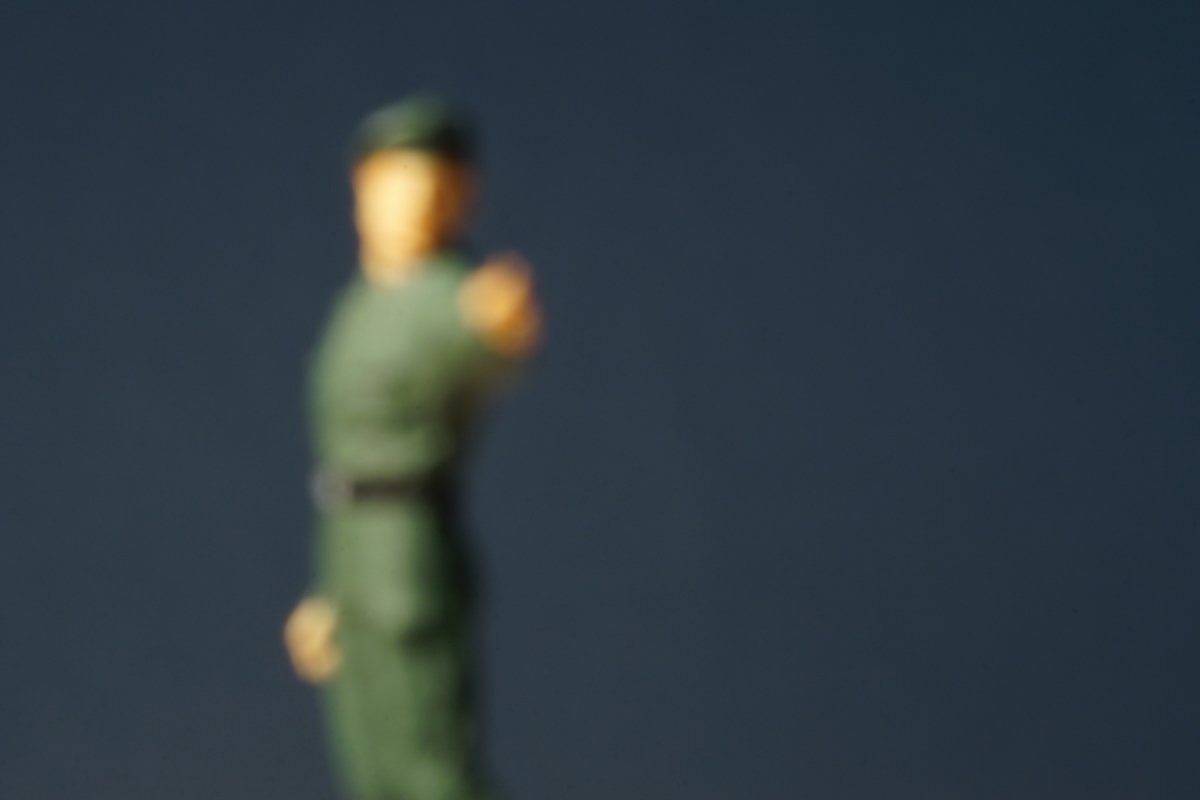
Focus (or the lack thereof)
Less focus, more abstraction: The equation seems simple. We know blurred fore- and backgrounds can highlight the subject. I took this idea to the extreme in this homage to Tourmaline . It might ‘be about’ the question what we see when we look at a photo.
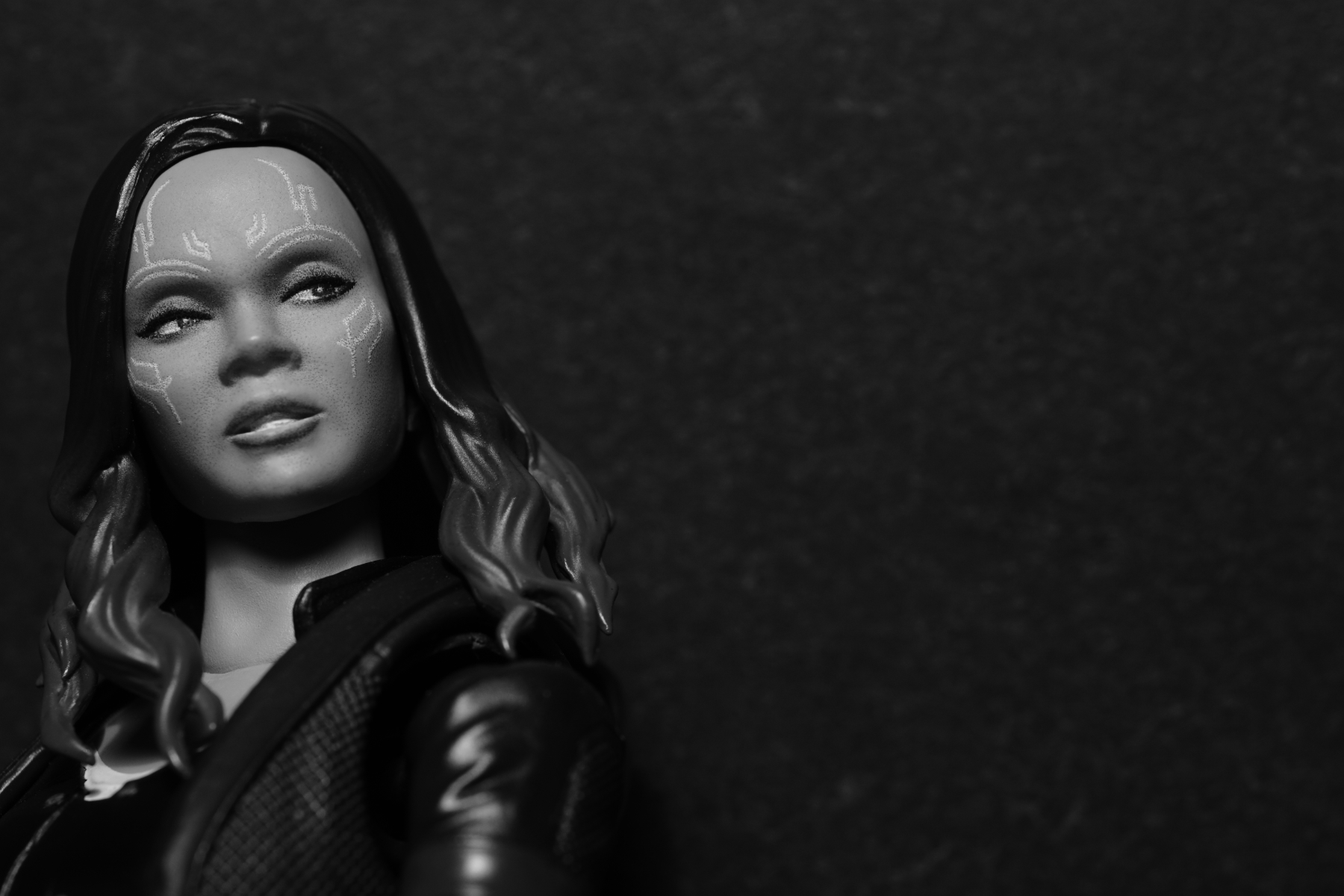
Black and white
Getting rid of colors is the simplest step towards a more abstract picture. While this woman’s green skin would leave no doubt about her identity, there’s a chance she could be someone other than Gamora in this picture.
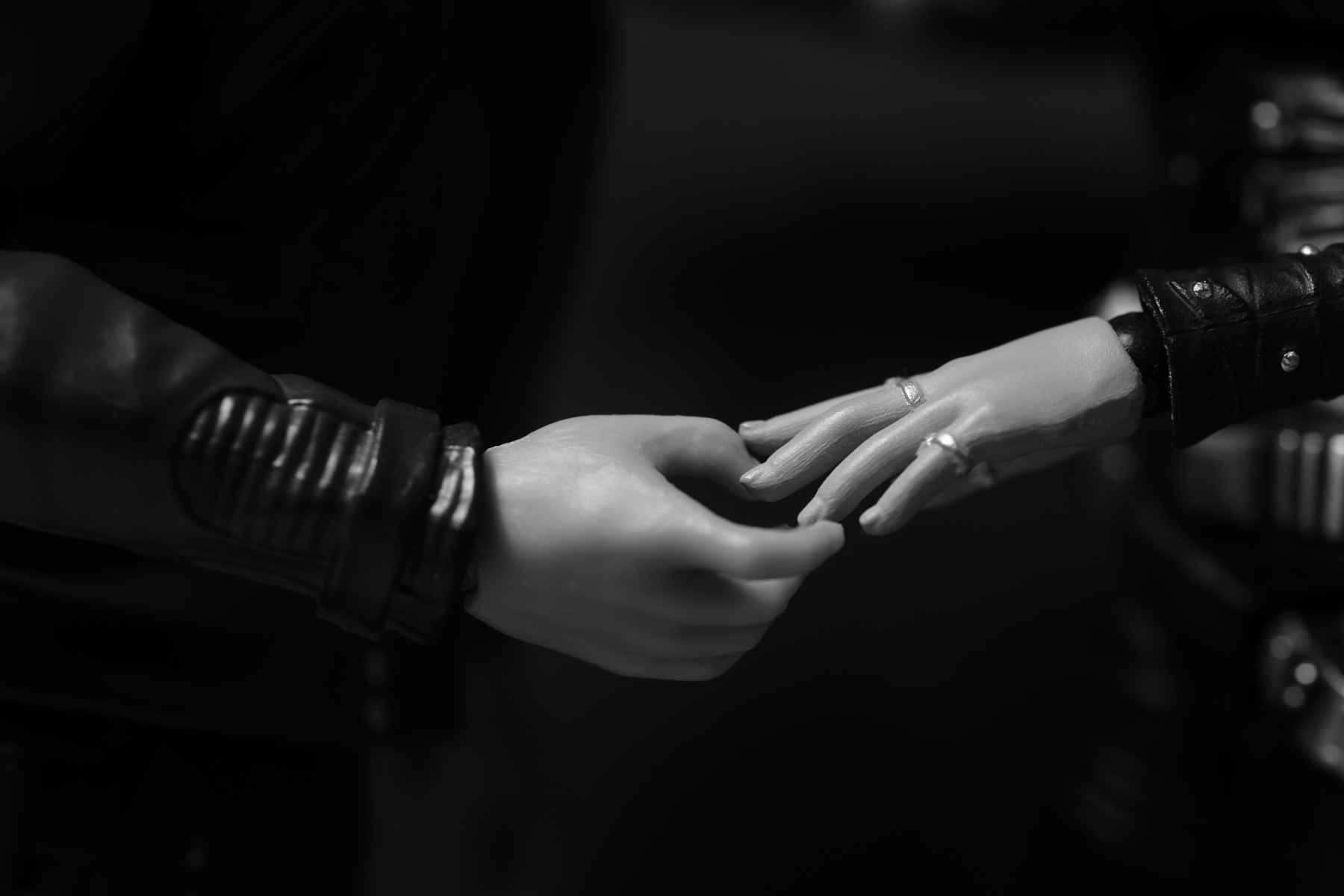
Close-up
It does not take much to tell a story. Getting very close to your subject can be a form of abstraction: We see lovers, and we don’t need to know who they are. Lacking any other information, this picture shows what’s going on all the more efficiently.
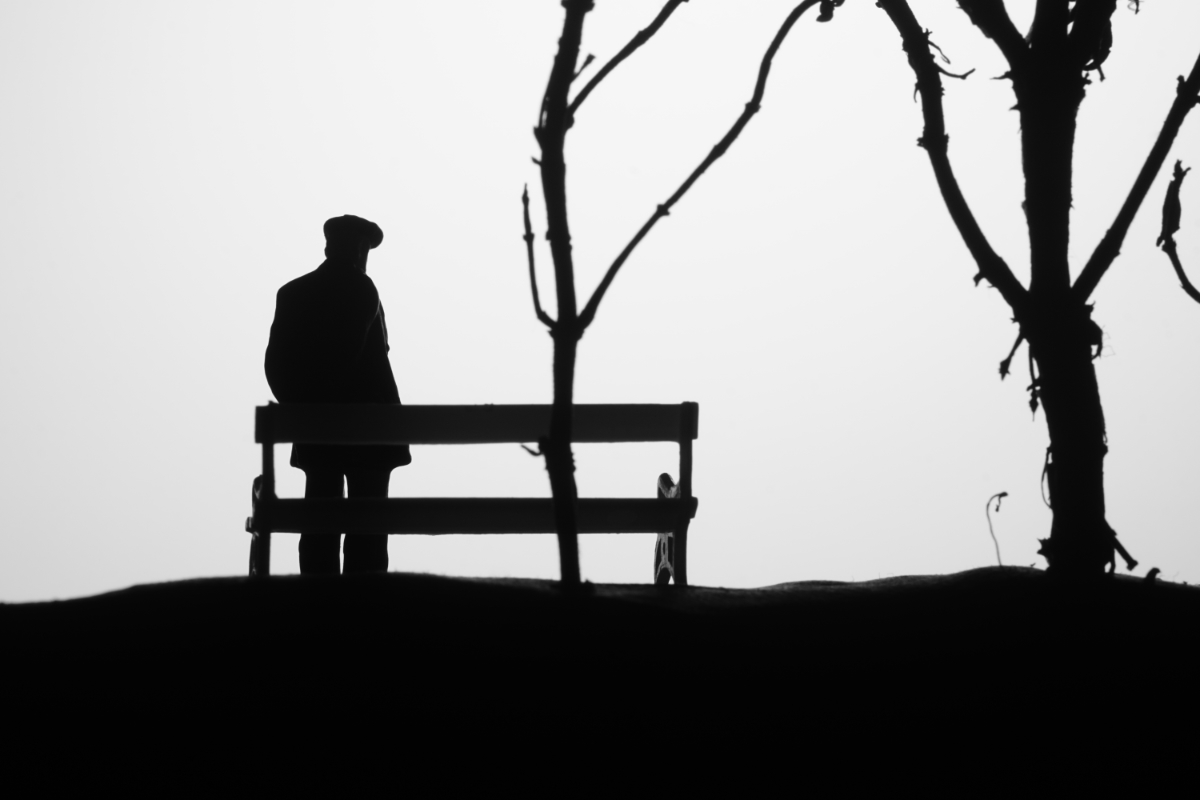
Silhouette
Again, details would only be distracting. I think this picture gets a certain punch from the fact that this could be any old man. I chose this type of lighting because I wanted to steer the beholder’s attention towards the general situation. It’s about him, and you, and me.
This might not be a comprehensive list, and some means of abstraction will work better than others. It’s up to us to decide if and in what respect a picture should be abstract. In most cases, I think, abstraction helps getting to the heart of the subject. And it can support us in engaging our audience: Hey, the picture is not just about toys, or Margot Robbie!
What’s in it for photographers?
There’s no rule saying we make better pictures if we work with abstraction. On the contrary: If it were our aim to show the complexity of urban life, we might add as much detail as we can without cluttering the picture. But if we intend to tell a specific story or focus on a particular idea, then abstraction adds some extra punch. In this respect, less can often be more.
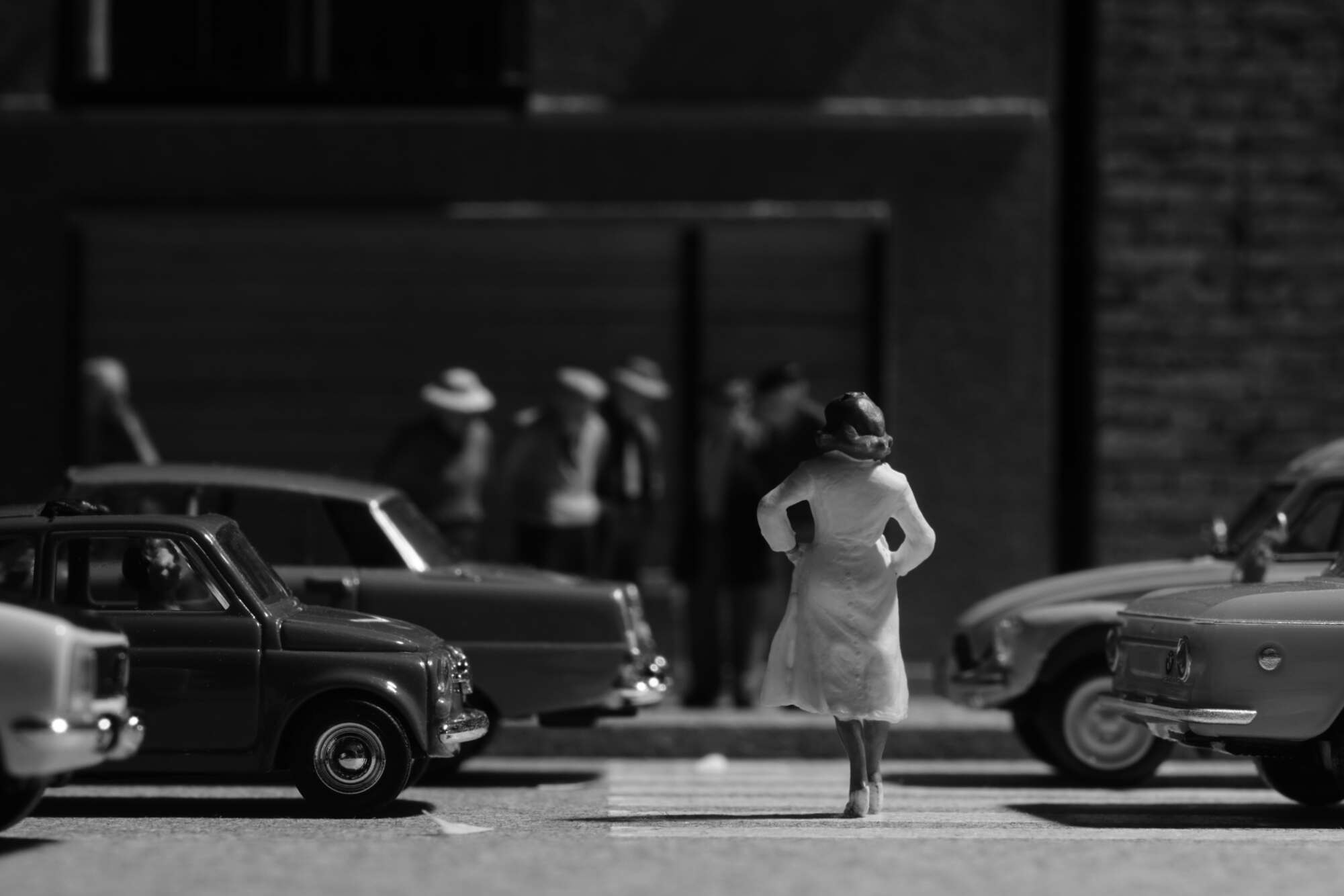


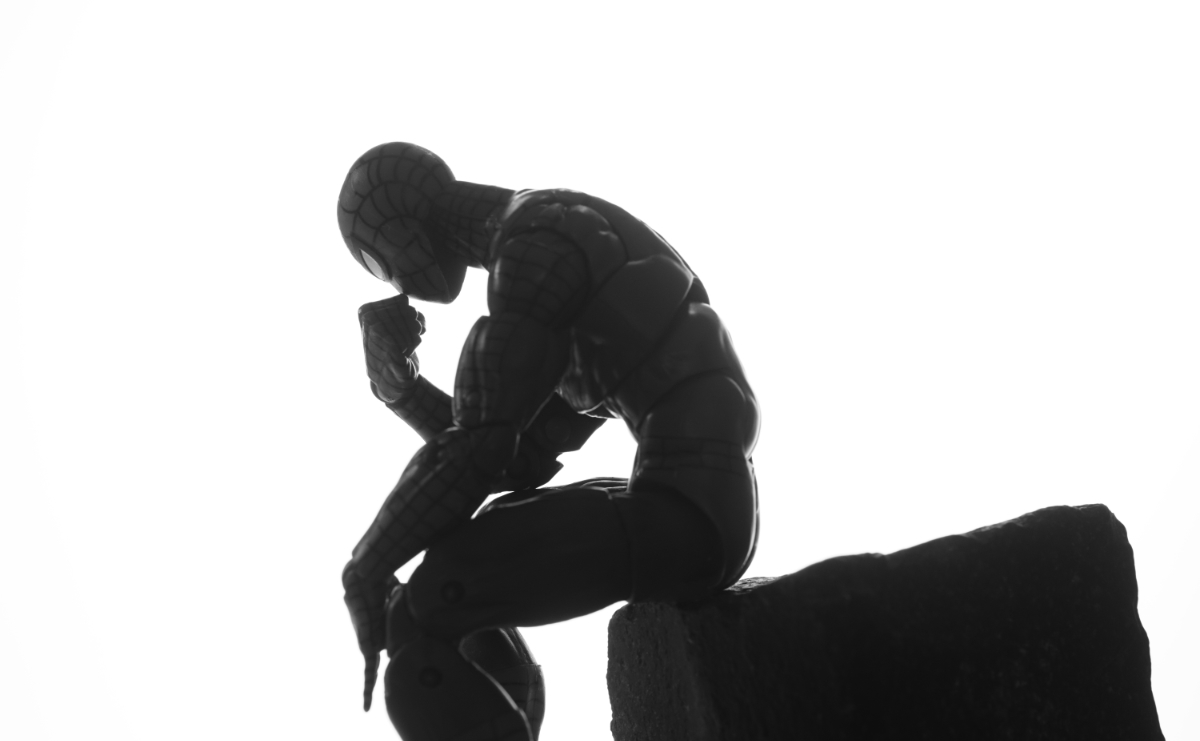
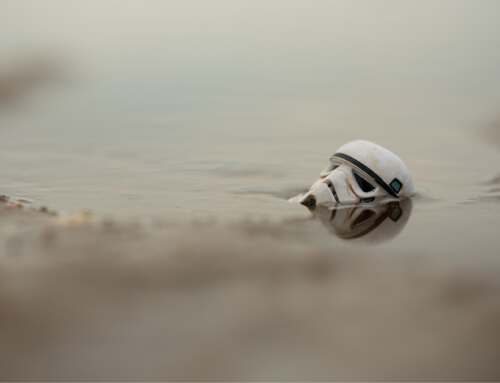
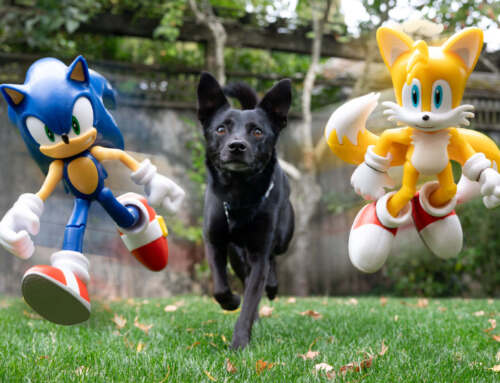
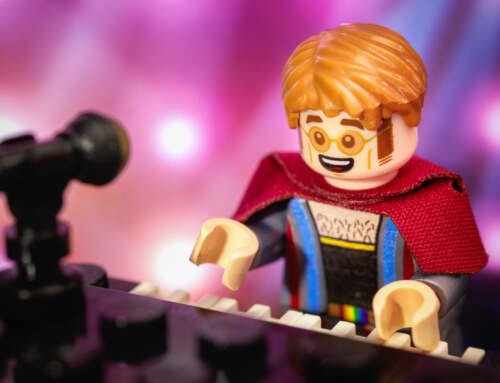
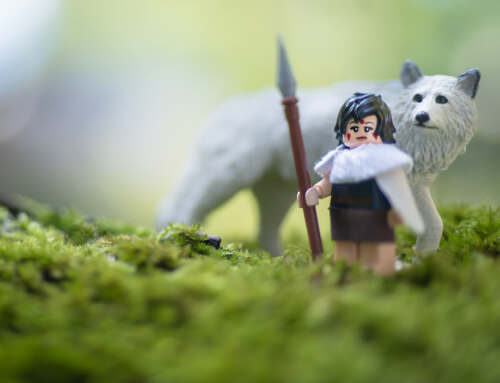
Excellent article, Tobias! You’ve given me a lot to think about as I often use abstraction in my ‘regular’ photography but not always as much with my toys. Thank you!